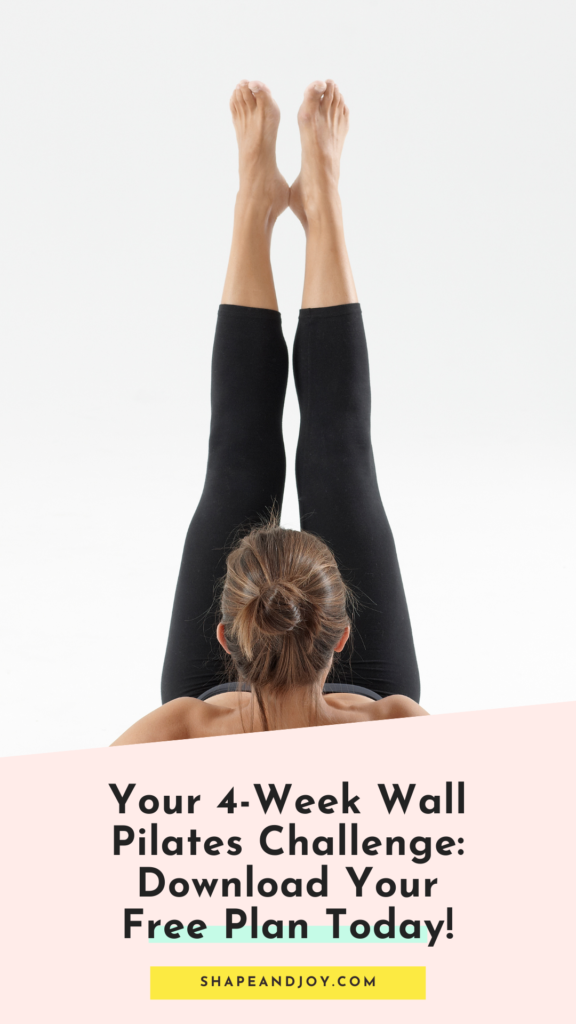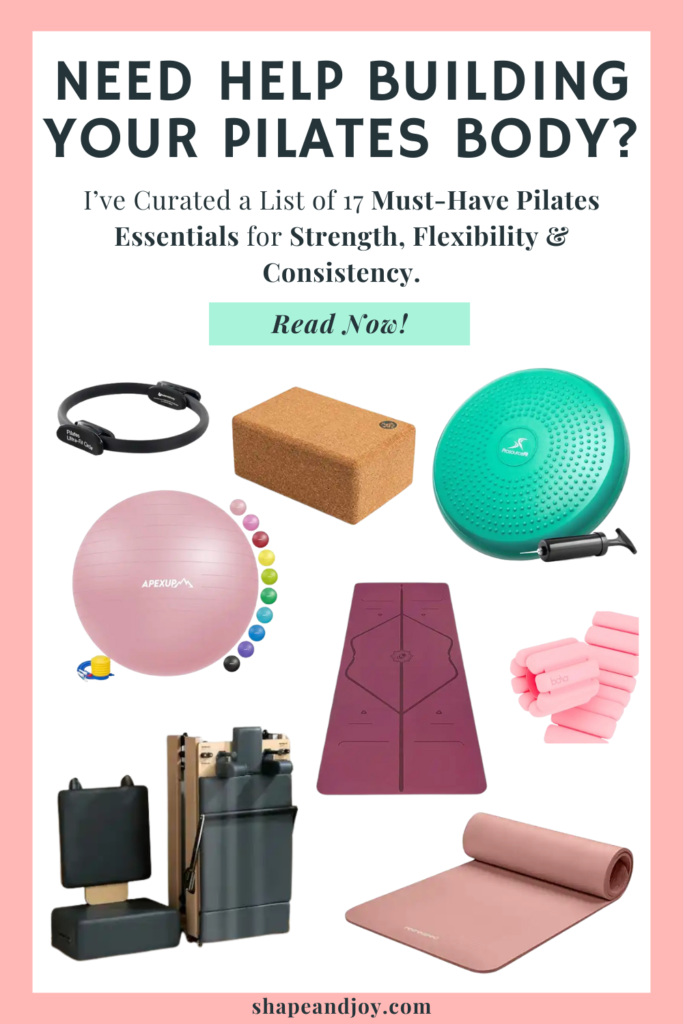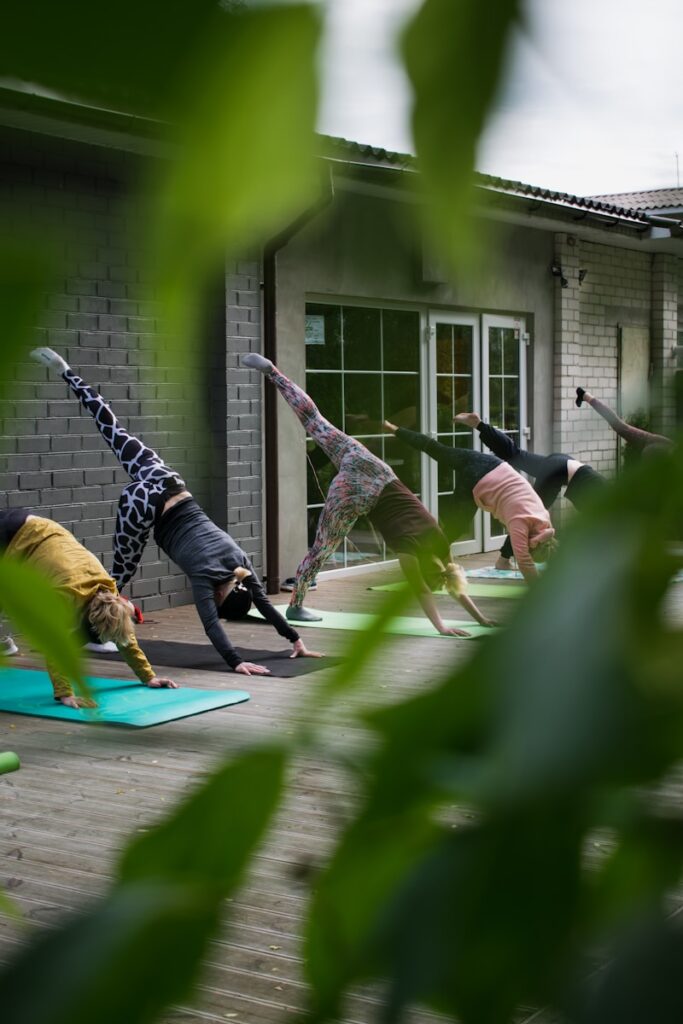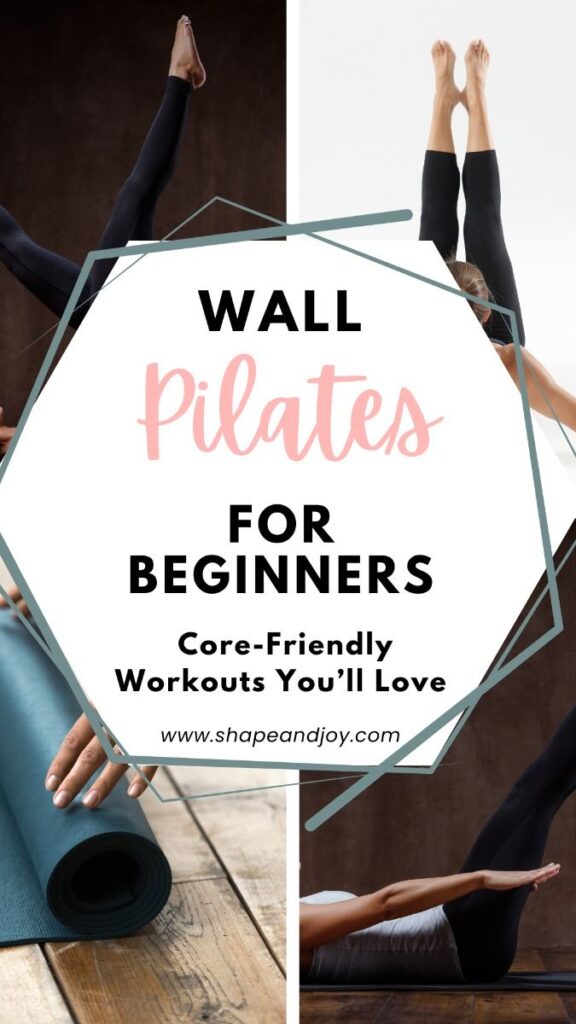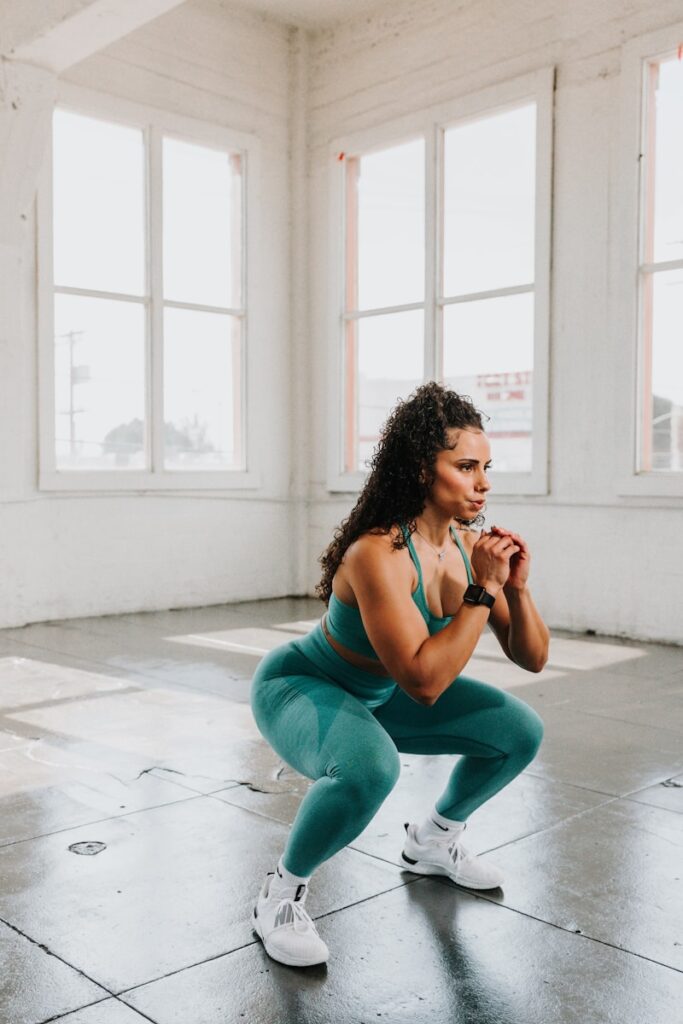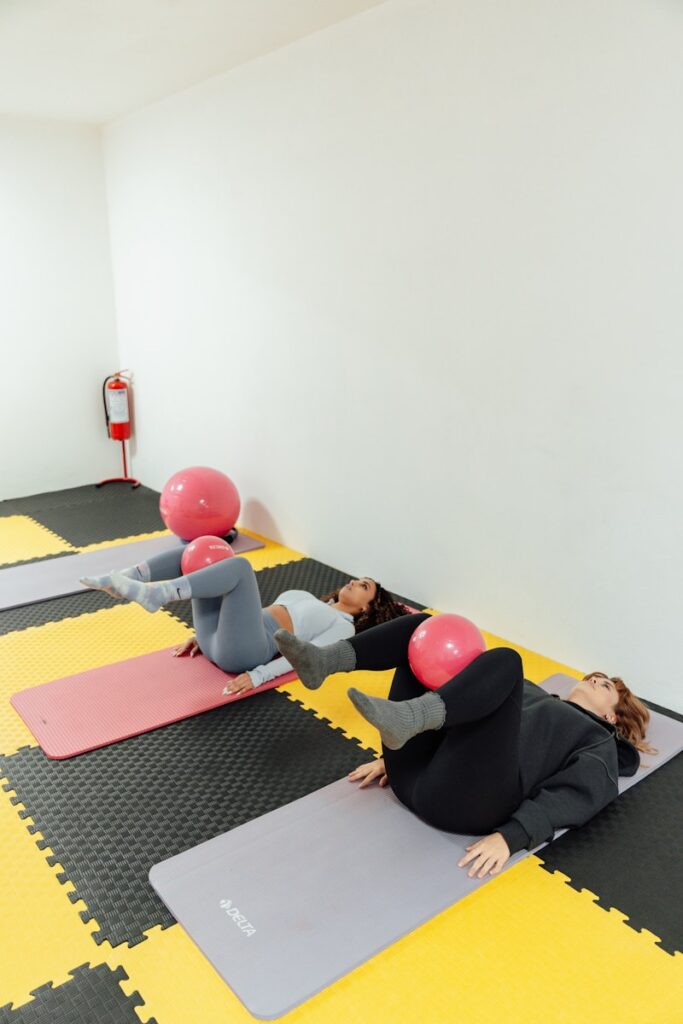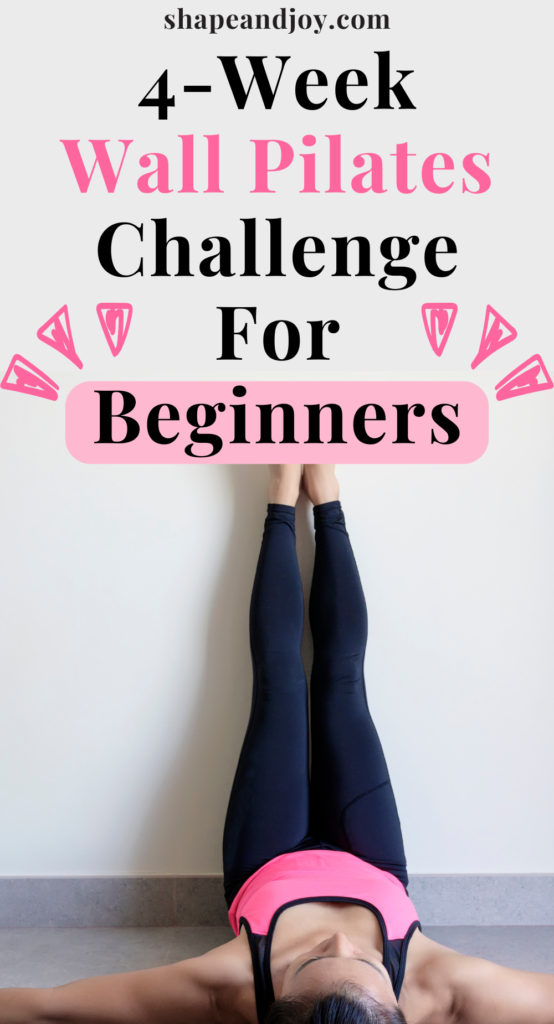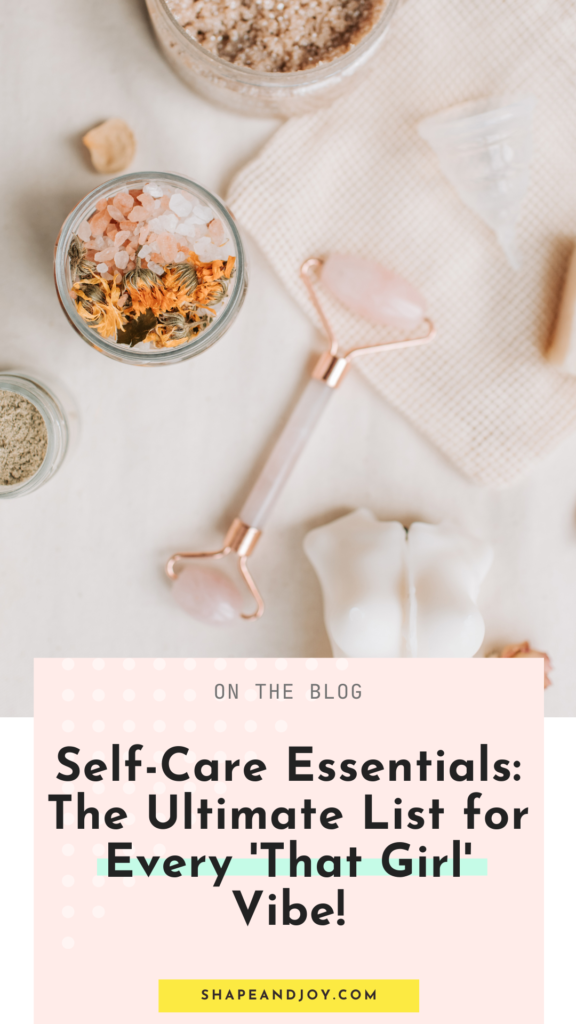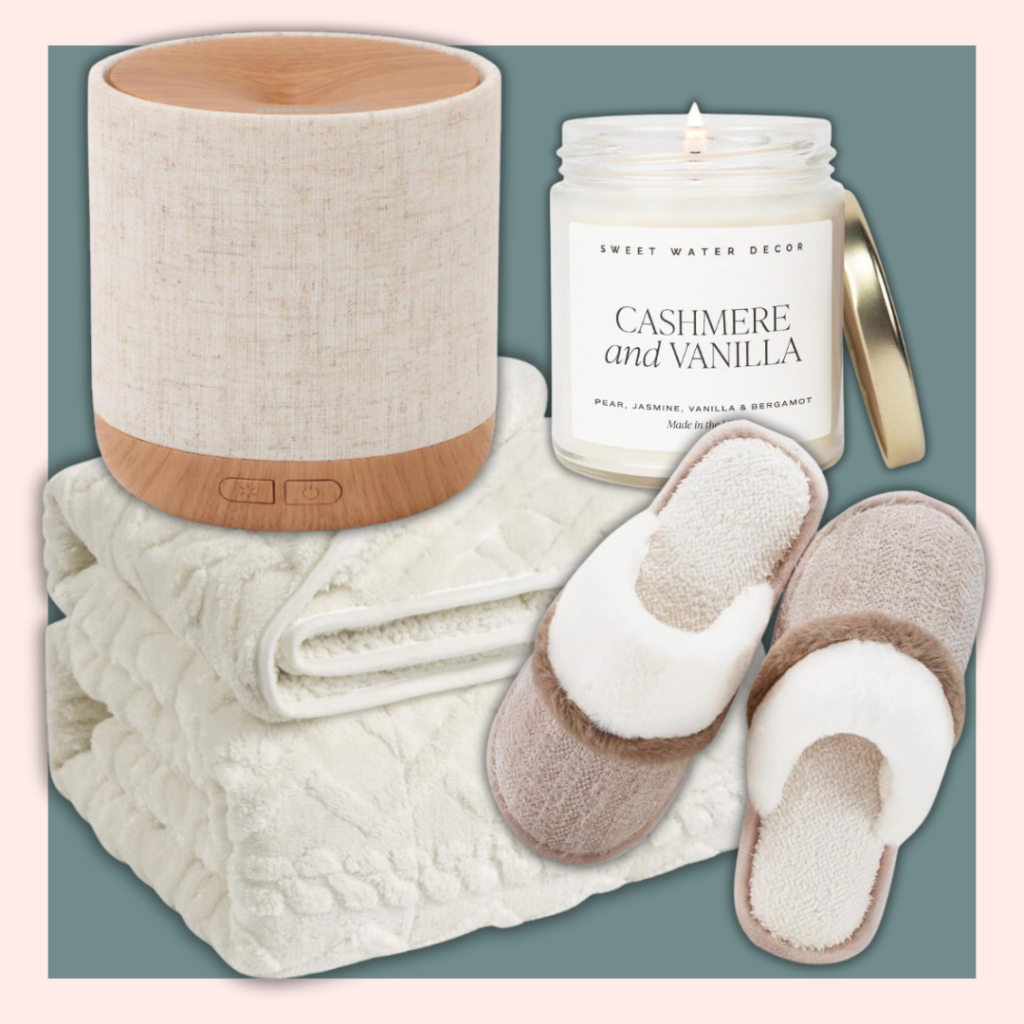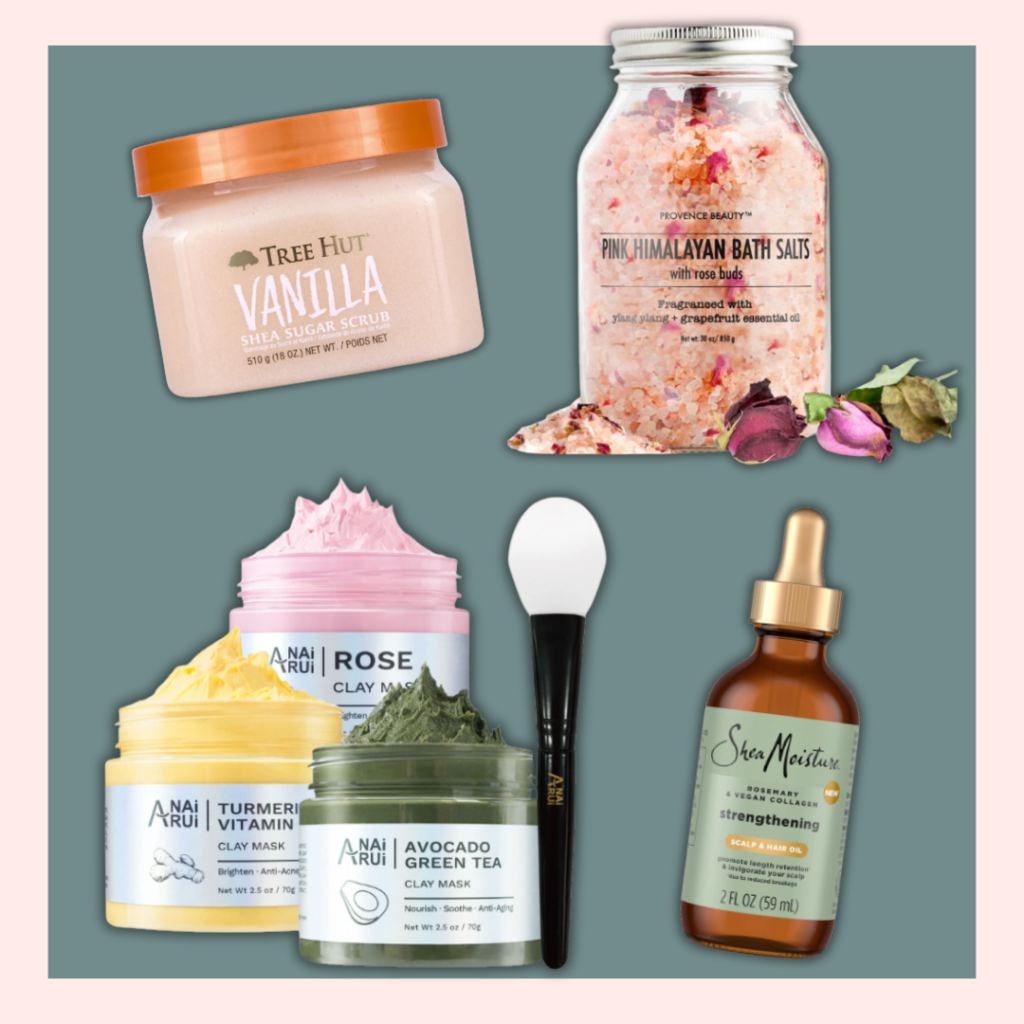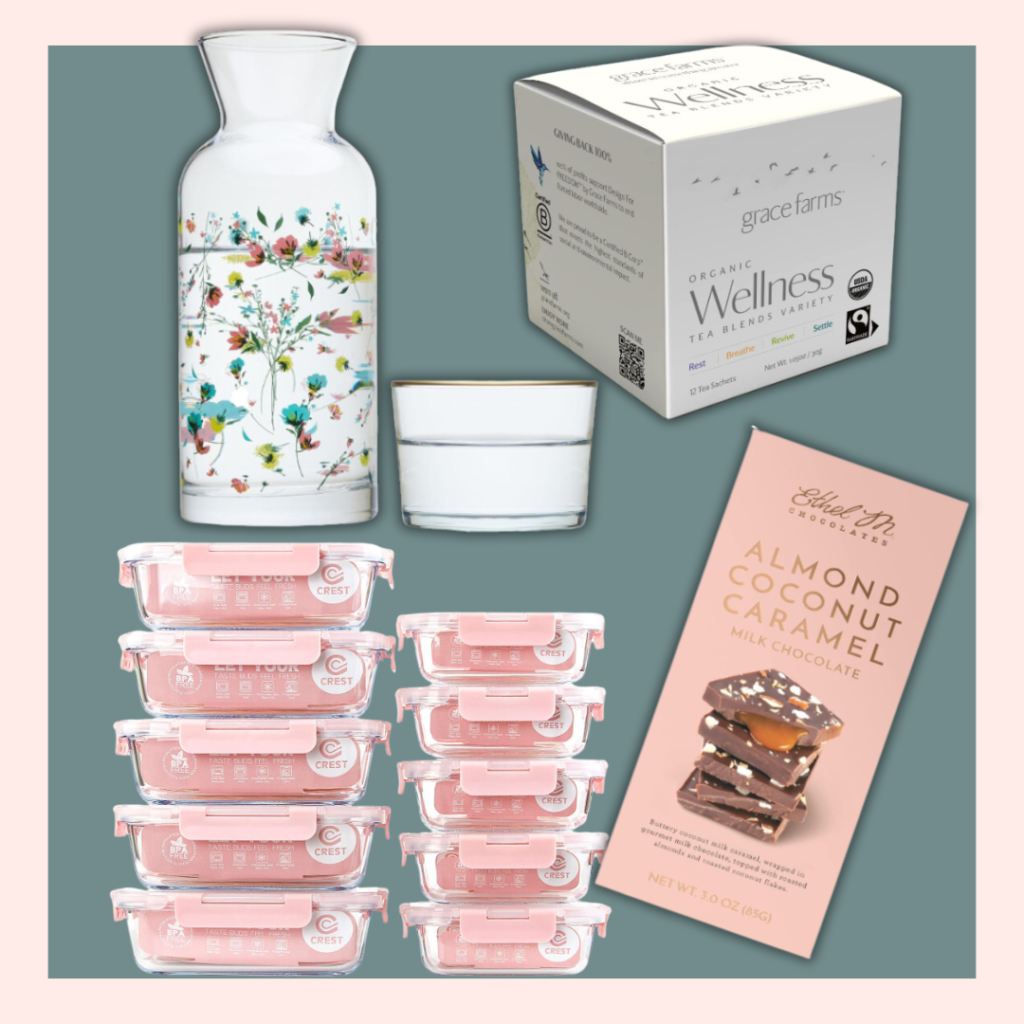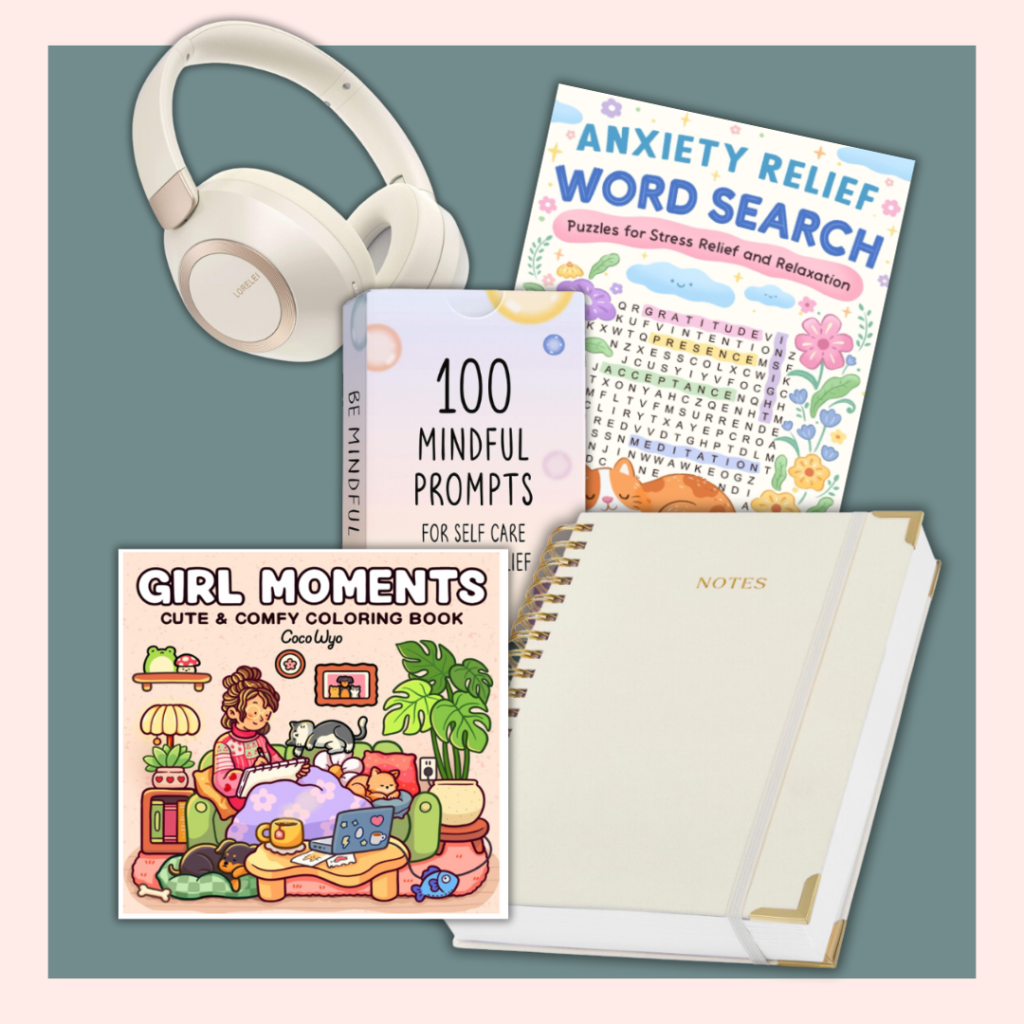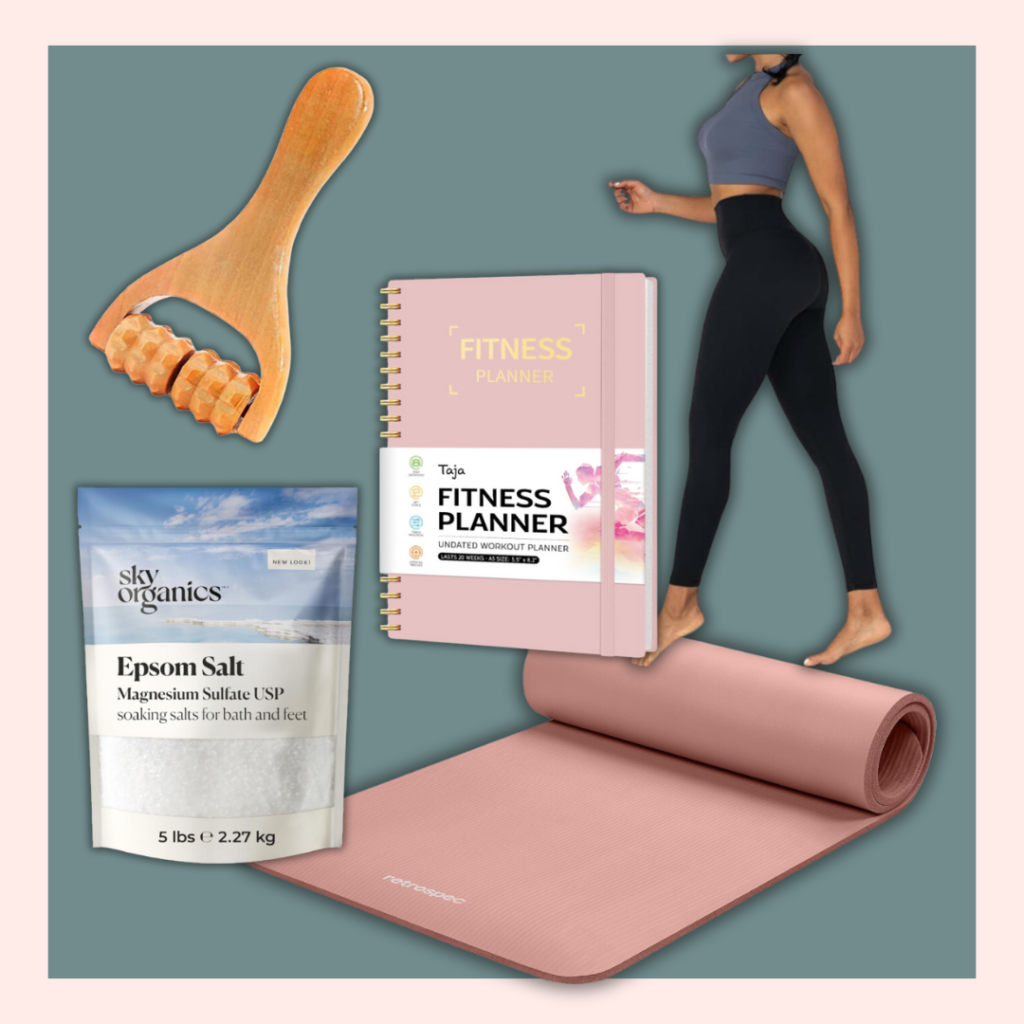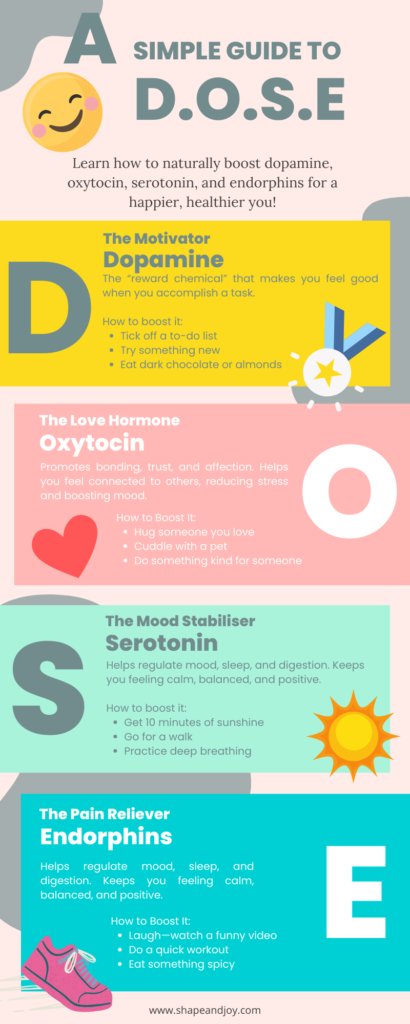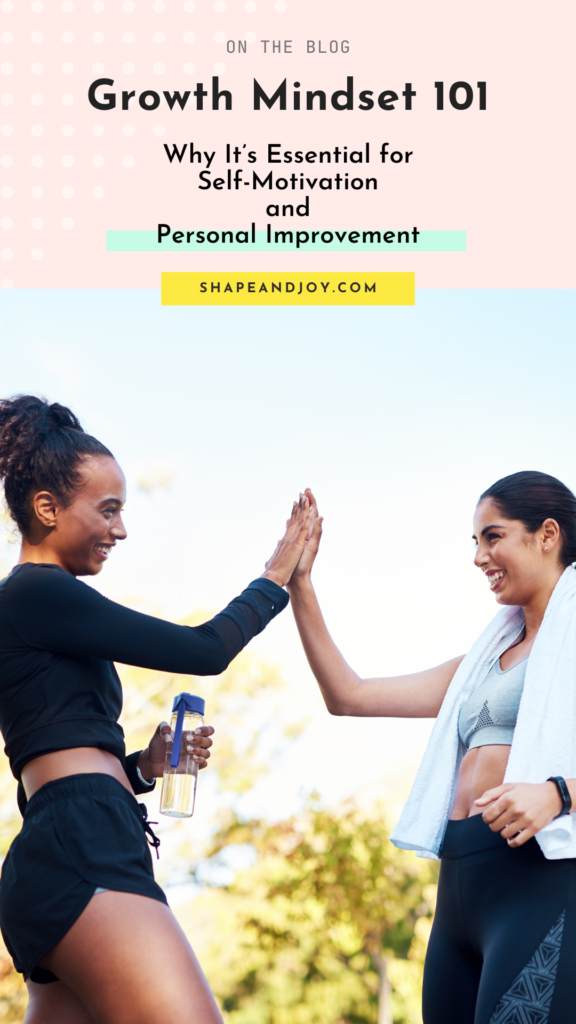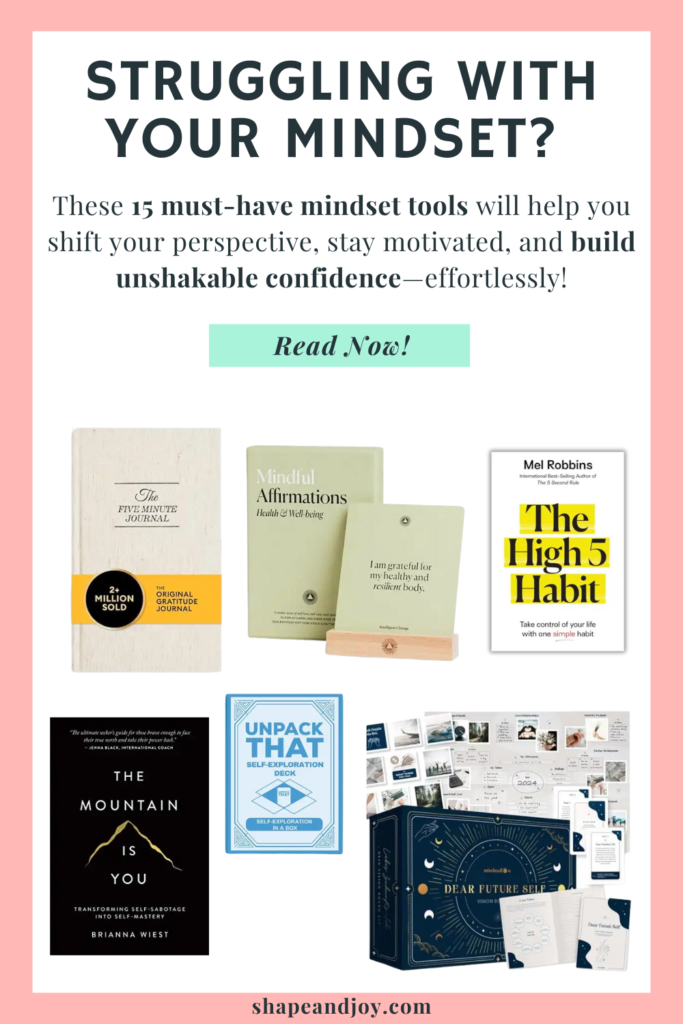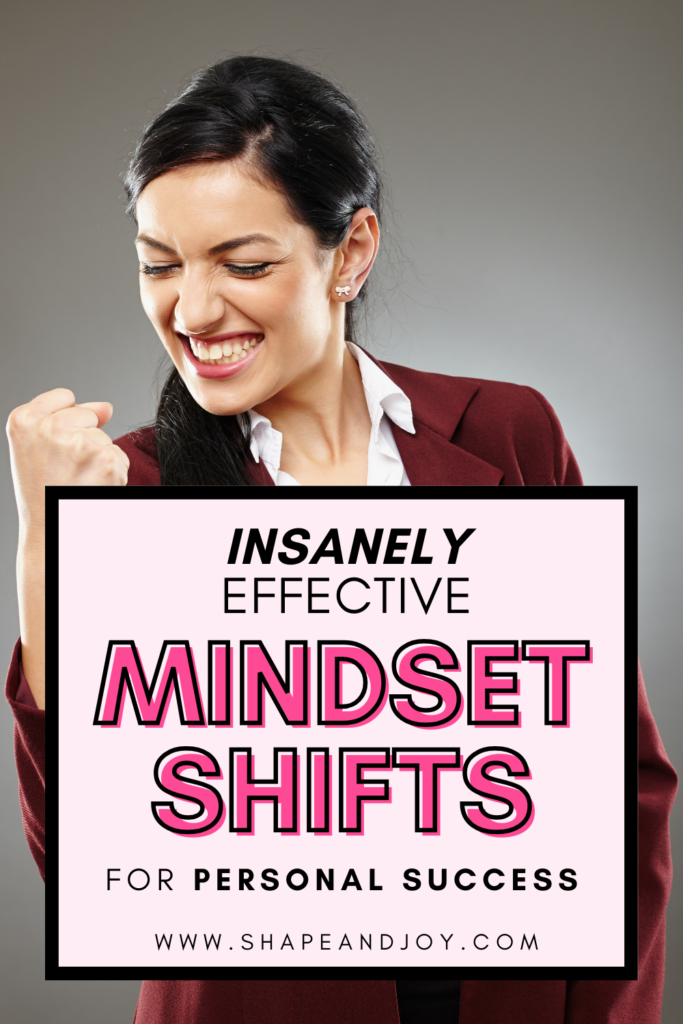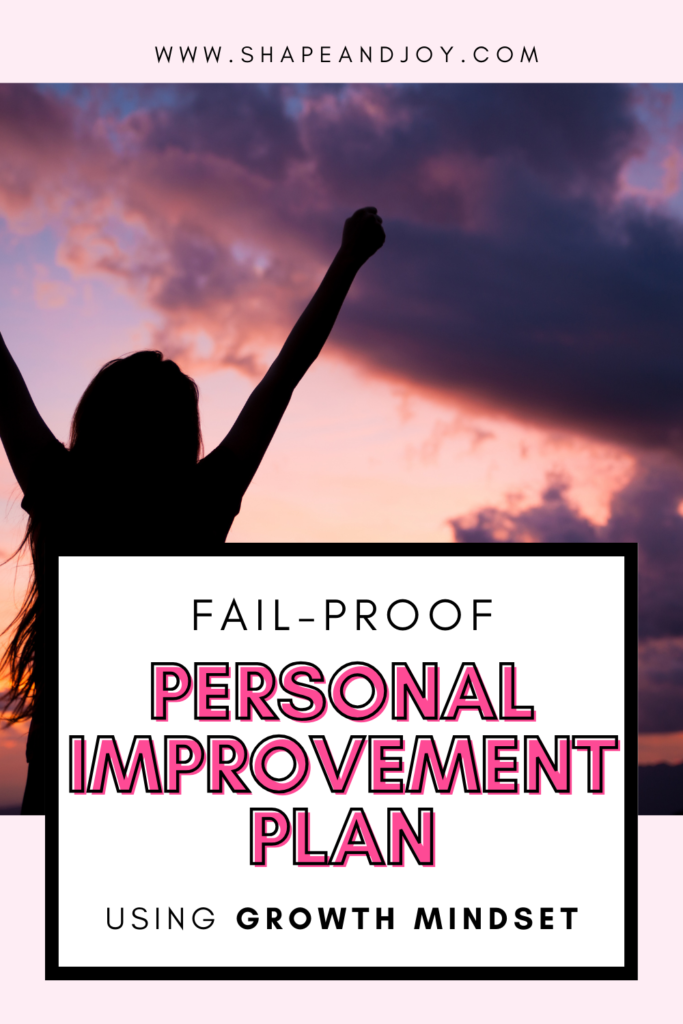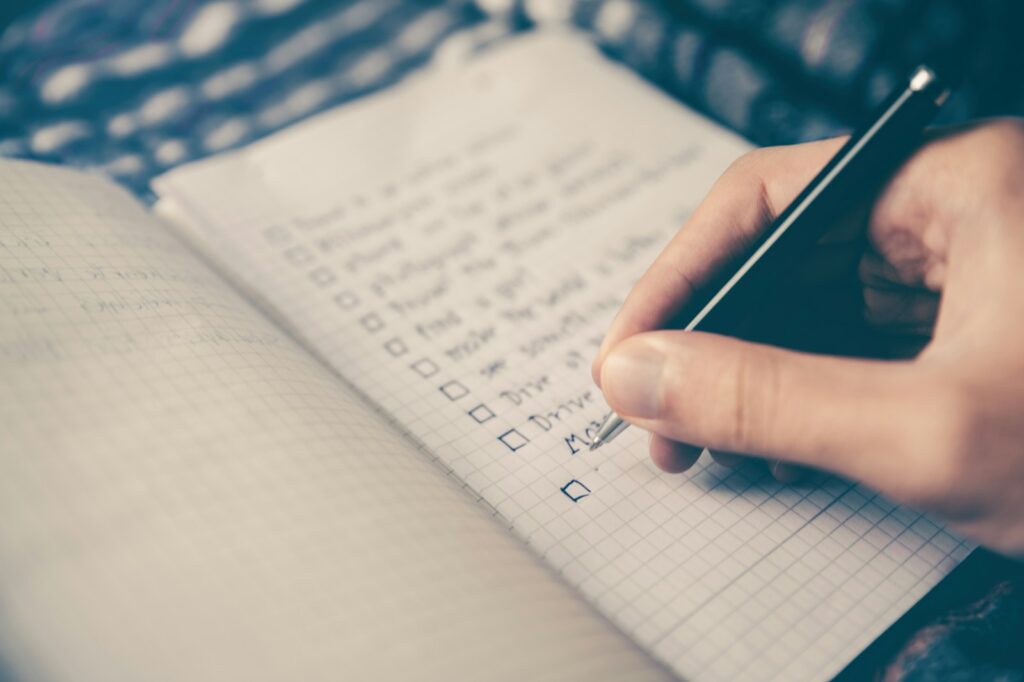11 Ways to Incorporate Ancestral Nutrition Into Your Modern Lifestyle
Let’s be honest: modern eating can be a bit of a mess. Breakfast? Usually a quick sugar rush in a wrapper. Dinner? Whatever you can fling in the microwave after a long day. The idea of a “meal plan” feels about as aesthetic as a soggy salad. But what if I told you that a few tweaks could have you eating foods that nourish your body, make your plate look Instagram-worthy, and leave you feeling more energised than a toddler at a soft play? Enter ancestral nutrition!
Now, before you roll your eyes thinking I’m about to tell you to live on bone broth and berries, let’s clear the air: I don’t believe in restrictions.
Life’s too short to say no to pizza night or that cheeky slice of cake. That’s where the 80/20 approach comes in—80% nourishing family meals and whole eating, 20% living your best life with chocolate in hand. Deal?
Ready to see how we can make ancestral nutrition work in your modern life? Here are 10 easy (and dare I say fun) ways to dive in.

1. Start with an Ancestral Breakfast
Gone are the days of sugary cereals ruling your mornings. Ancestral diet breakfast ideas focus on whole, unprocessed ingredients.
Think eggs cooked with veggies, Greek yoghurt topped with nuts and berries, or even leftovers from dinner (because who made the rule that breakfast can’t be savoury?).
Pro tip: Ancestral breakfasts keep you fuller for longer, so you’re not reaching for snacks mid-morning. Plus, they look proper aesthetic in your favourite bowl. Snap away.

2. Plan Dinner Like a Caveman (but with Wi-Fi)
Dinners don’t need to be complicated to be delicious. Think roasted meats, hearty stews, or big veggie-packed salads.
Ancestral diet meals focus on simple, wholesome ingredients. Bonus points if you make extra for tomorrow’s lunch!
If you’re feeling fancy, try some ancestral eating recipes like bone broth or slow-cooked casseroles.
They’re easy to make, taste divine, and scream “nourishing family meals.”
3. Add Whole Foods to Every Meal
No need to throw out everything in your pantry and start fresh. Just start adding more whole foods—like leafy greens, fresh fruits, nuts, and seeds—into your meals.
It’s all about crowding out the processed stuff bit by bit.
Swap out crisps for homemade sweet potato wedges or that sugary cereal bar for an apple with peanut butter. Tiny changes, big wins.
Feeling inspired to get organised in the kitchen? Check out my easy meal planning guide to simplify your week and stay on track with your goals.

4. Make Your Plate Look Pretty
Let’s talk aesthetics. Ancestral meal plans might be inspired by the Stone Age, but that doesn’t mean your plate has to look drab.
Use fresh herbs, colourful veggies, and a drizzle of olive oil to turn your meal into a work of art.
Because let’s face it, food tastes better when it looks good.
Nourishing your body is just one part of the puzzle—keeping your mindset active and motivated is the other. Let’s talk about how to boost your fitness mindset to match your new eating habits in this post.
📌 Pin this for later! ⬇

5. Ditch the ‘Snack Attack’ Mentality
Our ancestors weren’t munching on crisps and chocolate bars every two hours. They ate proper meals and gave their bodies time to digest.
This doesn’t mean you can’t snack (obviously!), but try structuring your day with solid meals.
Focus on when to eat throughout the day rather than mindlessly grazing. An ancestral breakfast, a hearty lunch, and a dinner packed with whole foods eating will keep you sorted.

6. Get Stuck into Some Books
Feeling overwhelmed?
Grab a good book on ancestral nutrition for some inspo. The Ancestral Table is a fab one if you’re curious about traditional foods diets. Or browse through blogs for more ideas. Knowledge is power!

7. Keep It Flexible with the 80/20 Rule
I’m not here to tell you to give up pizza, chocolate, or Friday-night takeaways. (Honestly, who has the energy for that?)
Instead, aim for balance.
Make 80% of your meals from wholesome, natural foods—think roasted chicken, veggie-packed soups, and nourishing family meals.
Then enjoy your treats guilt-free. It’s all about progress, not perfection.
Eating whole, nourishing foods isn’t just about ancestral nutrition—it’s a game-changer for sustainable weight loss too. If you’re curious about balancing health and happiness on your weight loss journey, this post is for you!

8. Say Goodbye to Ultra-Processed Stuff
No, I’m not suggesting you bin your entire cupboard. But slowly removing processed foods from your diet can make a huge difference.
Swap shop-bought biscuits for homemade ones or fizzy drinks for sparkling water with fresh lime.
Small changes = big impact.
Even when you’re eating whole, nourishing foods, weight loss can sometimes plateau. If you’re frustrated by no progress, this post might explain what’s going on.
9. Experiment with Traditional Foods Diet Staples
Want to spice things up? Try adding some traditional foods into your routine.
Fermented goodies like sauerkraut and kimchi, organ meats, or ancient grains like quinoa can all bring variety to your meals. Plus, they’re nutrient powerhouses.
10. Make It a Family Affair
Nourishing family meals aren’t just good for your body; they’re a chance to reconnect around the dinner table. Cook together, share stories, and enjoy the process.
It’s not just about the food—it’s about the experience.

11. Spice Up Your Life
Our ancestors might not have had spice racks bursting with options, but you do—and it’s time to use them!
Turmeric, garlic, ginger, paprika… these little jars of joy don’t just make your ancestral eating recipes taste divine; they’re packed with health benefits, too.
Turmeric is a natural anti-inflammatory, ginger helps with digestion, and garlic is basically nature’s antibiotic.
Wrapping It Up
So, there you have it. Incorporating ancestral nutrition into your life doesn’t mean living like a hunter-gatherer or giving up your favourite treats.
It’s about balance, whole eating, and making small, sustainable changes.
Start with an ancestral diet breakfast, try a few new recipes, and embrace the 80/20 rule.
Before you know it, you’ll be whipping up nourishing family meals like a pro and feeling better than ever.
Now go on, get cracking—you’ve got this!
📌 Pin this for later! ⬇











